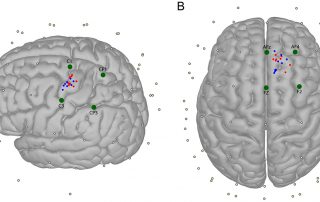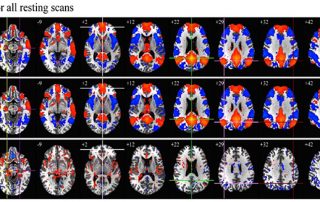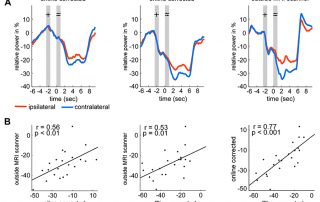Transcranial Evoked Potentials can be reliably recorded with active electrodes
In this article, based on our current work, we compared transcranial evoked potentials recorded with active and passive electrodes. Signals obtained with the two methods did not statistically differ in amplitude and topography, and showed a high degree of similarity across the scalp. We conclude that active electrodes are a viable solution for studies combining transcranial magnetic stimulation and electroencephalography.




